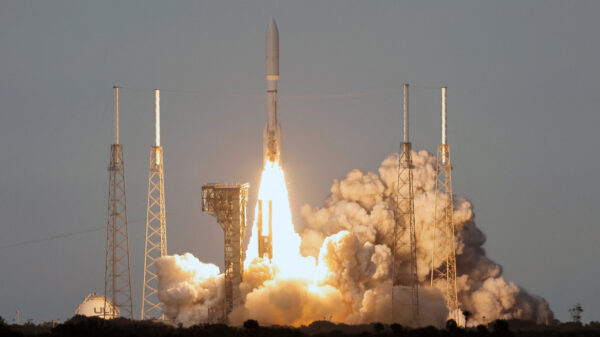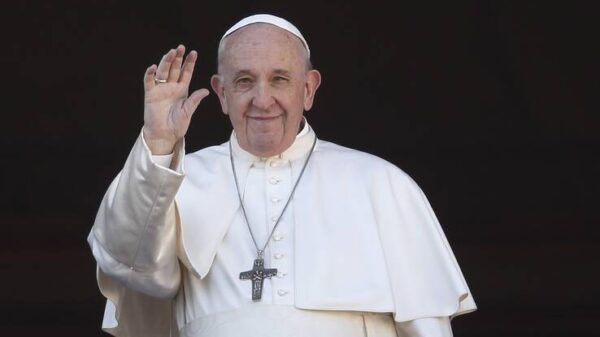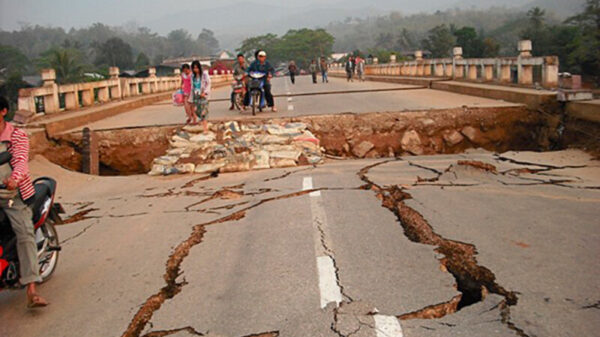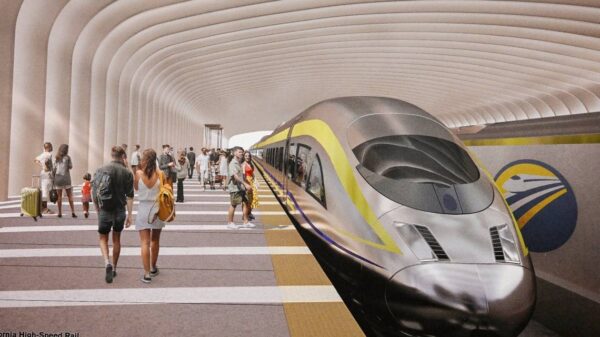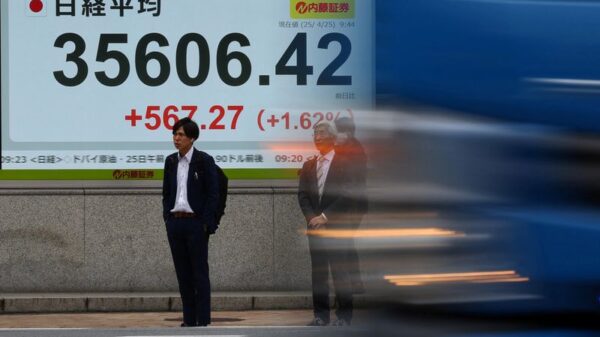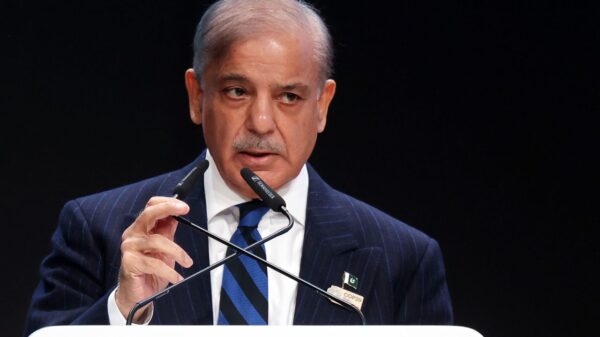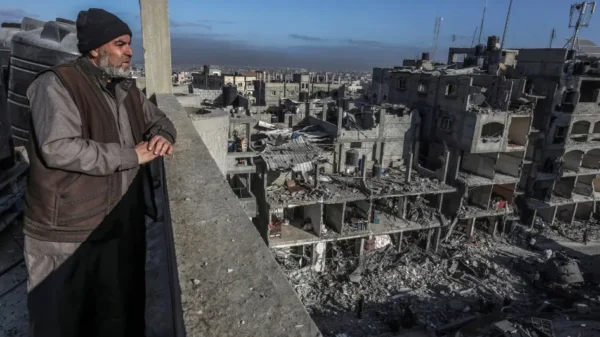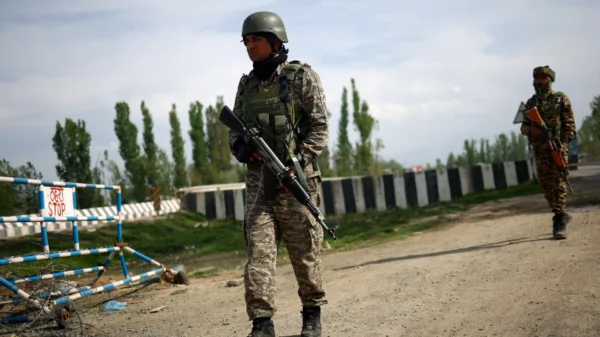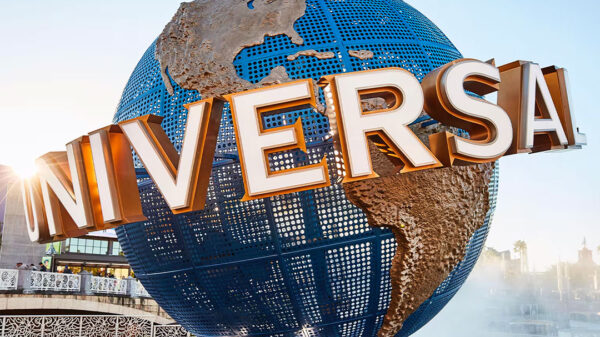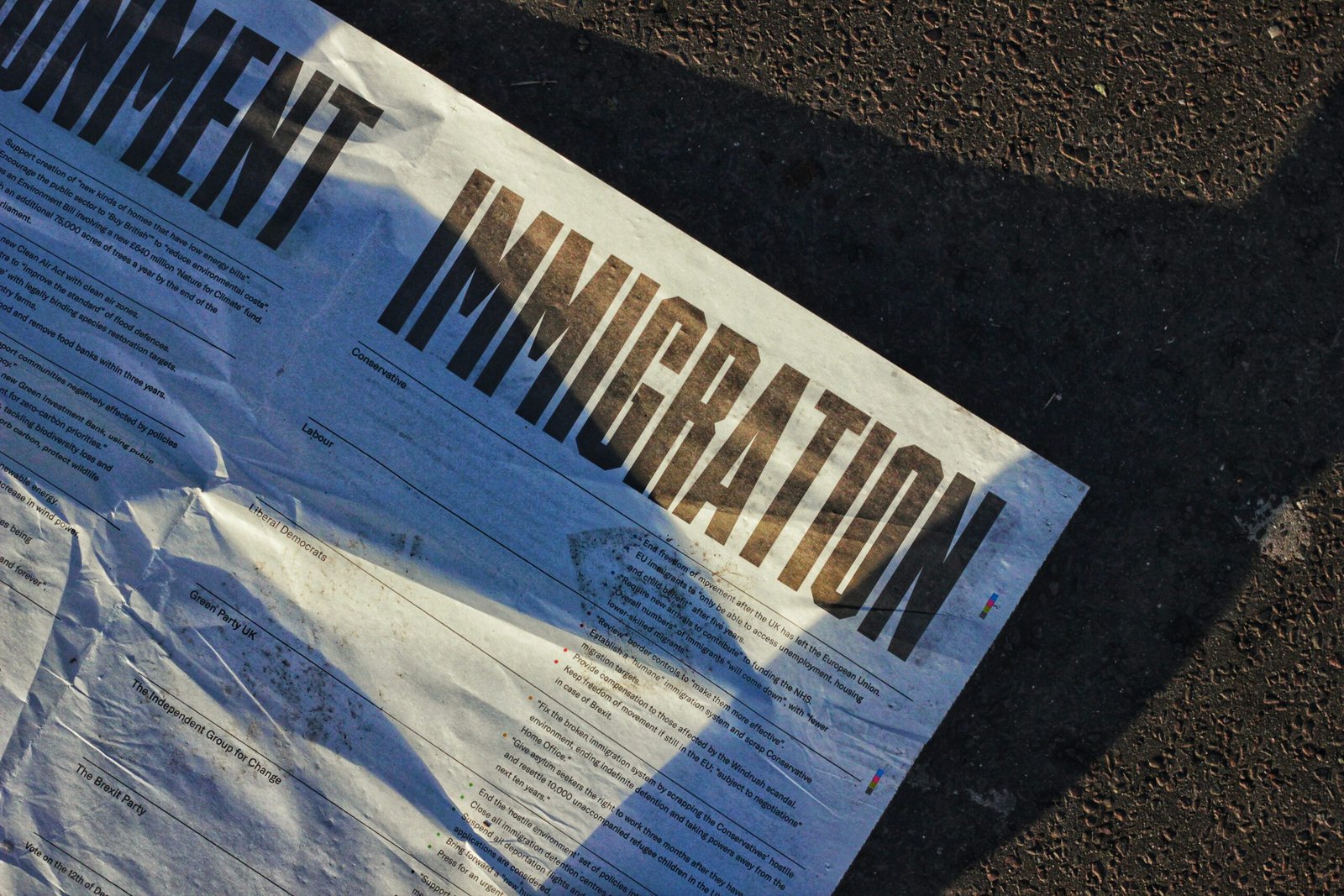The Changing Religious Landscape in Europe
Europe has experienced significant demographic changes in recent decades due to increased immigration from various parts of the world. These changes have had a profound impact on the religious landscape of the continent. In this article, we will explore the effects of immigration on the religious composition of Europe and the challenges and opportunities it presents.
Diversity and Pluralism
One of the most noticeable effects of immigration on the religious landscape in Europe is the increased diversity and pluralism. As people from different cultural and religious backgrounds settle in European countries, they bring with them their own faith traditions. This has led to a rich tapestry of religious diversity across the continent.
Previously, Europe was predominantly Christian, with various denominations of Christianity being the dominant religious groups. However, with the influx of immigrants, Islam has become one of the fastest-growing religions in Europe. Mosques have sprung up in cities and towns, and Islamic cultural practices have become more visible in public life.
Challenges and Tensions
The increased religious diversity has not been without its challenges and tensions. The presence of different religious communities has sometimes led to misunderstandings, stereotypes, and even conflicts. Cultural clashes and the fear of the unknown have fueled anti-immigrant sentiments in some parts of Europe.
Moreover, the integration of immigrant communities into European society has posed challenges for both the host countries and the immigrants themselves. Language barriers, cultural differences, and the need for social cohesion have all been areas of concern. Religious differences, too, have played a role in shaping these challenges.
Opportunities for Dialogue and Understanding
Despite the challenges, immigration has also provided opportunities for dialogue and understanding between different religious communities. Interfaith initiatives and dialogue programs have emerged to foster mutual respect and cooperation among diverse religious groups.
These initiatives aim to bridge the gap between different faith traditions, promote intercultural exchange, and foster a sense of belonging and acceptance. They provide platforms for open discussions on common values, shared concerns, and the promotion of peace and social cohesion.
Religious Revitalization
Immigration has also contributed to the revitalization of certain religious communities in Europe. In some cases, immigrant communities have brought new energy and enthusiasm to religious practices that were experiencing decline among the native population.
For example, in countries where Catholicism was declining, the arrival of immigrants from predominantly Catholic countries has injected new life into Catholic communities. Similarly, the growth of Islam in Europe has led to a renewed interest in Islamic teachings and practices among both immigrants and native Europeans.
Conclusion
The impact of immigration on the religious landscape in Europe has been profound. It has brought increased diversity and pluralism, along with challenges and tensions. However, it has also provided opportunities for dialogue, understanding, and religious revitalization. As Europe continues to grapple with the complexities of immigration, it is crucial to foster an inclusive and respectful society that values the contributions of all religious communities.
By embracing diversity and promoting interfaith dialogue, Europe can navigate the changing religious landscape and build a future that is characterized by harmony, understanding, and shared values.



